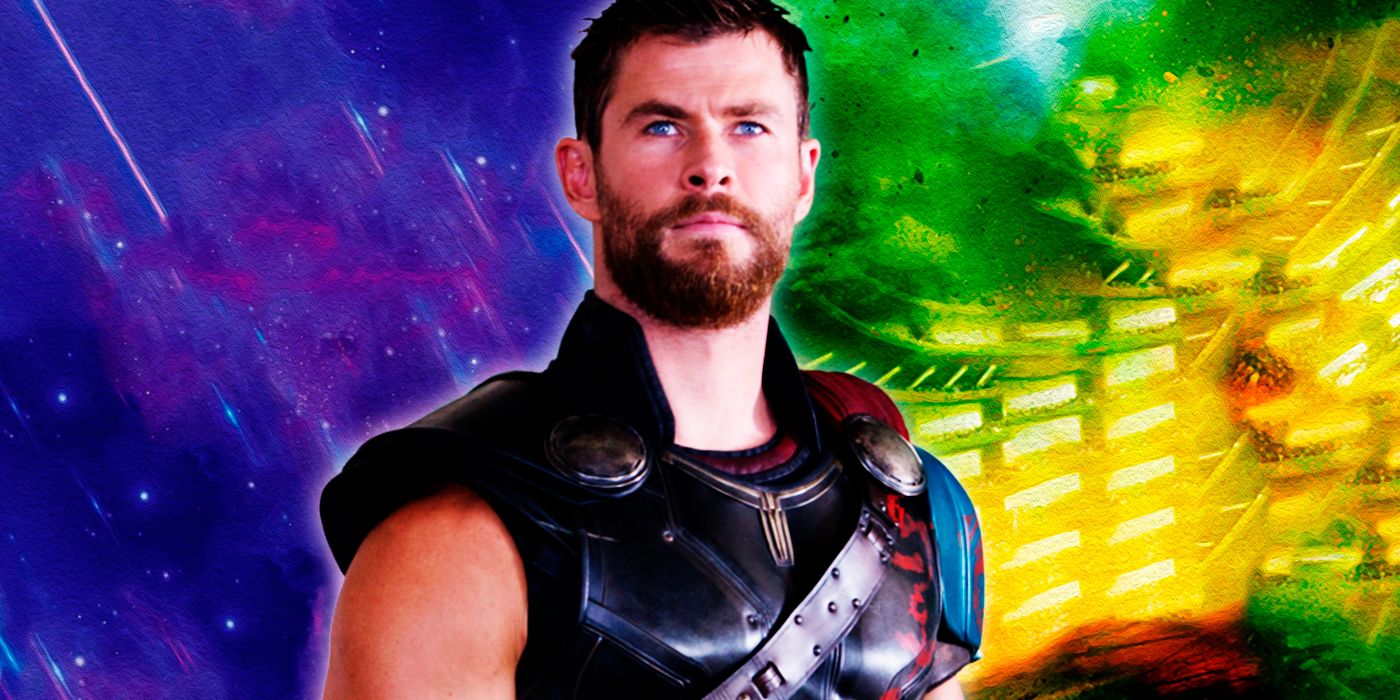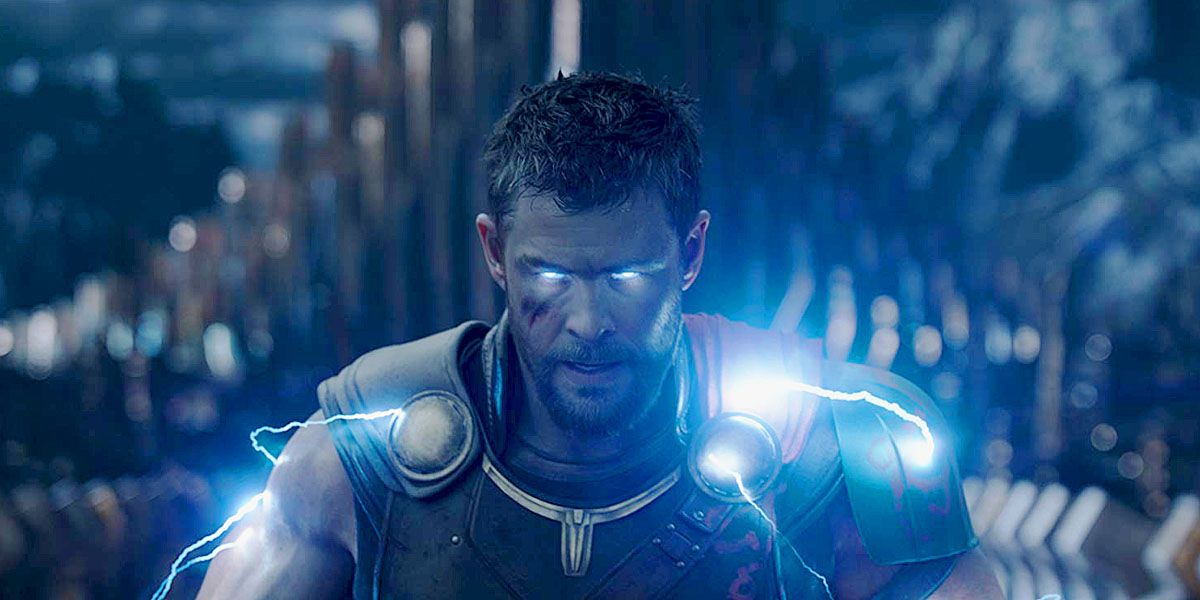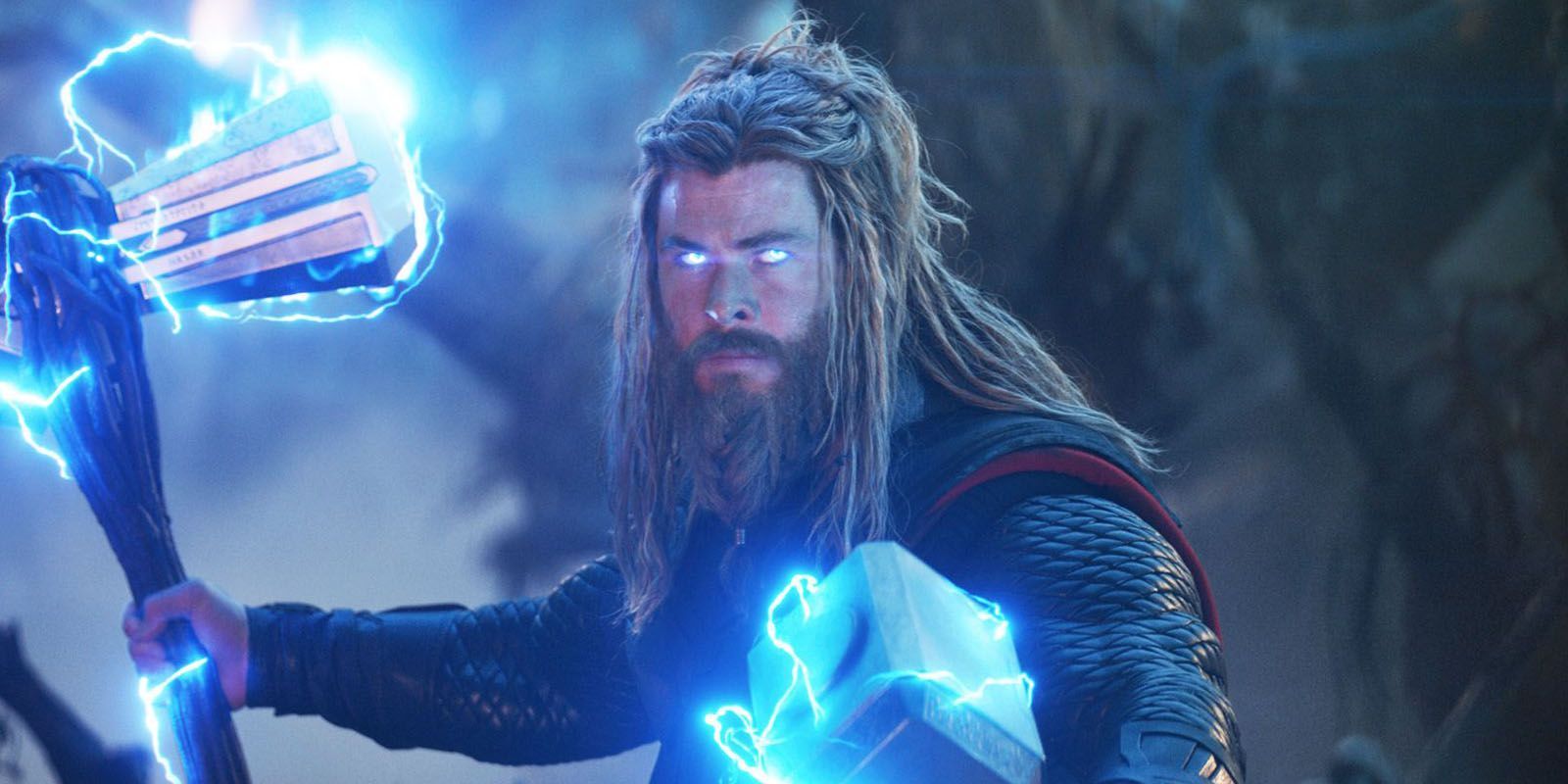Comparative power levels have been a constant thorn in the side of superheroes almost from the birth of the medium. “Nerfing” -- the practice of lowering the comparative power level of a given character for the purposes of dramatic expediency -- will likely remain an issue in some form or another for as long as the genre exists. In some ways, it’s part of the fun of superheroes, but no series has attained the expanse and prominence of the Marvel Cinematic Universe, and as such, its nerfing problems are quite unique. And that's because, along with the Incredible Hulk, Thor suffers the brunt of it.
As one of the Avengers’ longstanding powerhouses, he’s faced the MCU’s strongest villains and earned an oddly spotty track record. In particular, the drop in power between Thor: Ragnarok and Avengers: Endgame has been noted. And yet, like so much of the MCU, those differences have been accounted for.
Among other things, Ragnarok forced Thor to operate without his hammer for the first time. Hela’s effortless destruction of the previously indestructible Mjolnir spoke to a figure he couldn’t defeat, and his road through the film involved an understanding that his powers were innate and controlled by the hammer but not dependent on it. Hints of it first appeared during his arena battle with the Hulk, where he not only survived but seemed to fight his teammate to a standstill. It also allowed him to fight Hela off during the climax of Ragnarok and permit the surviving Asgardians to escape their doomed world. Though Hela proved too strong even for that, the simple power upgrade required to face her suggested that Thor had only begun to reach his true potential.
Infinity War brought that to an abrupt halt, however, opening with the Asgardian refugees massacred by Thanos in search of the Space Stone. He slaughtered half of them and soundly defeated Thor, dragging him before Loki as a bargaining tool. And the differences become even more pronounced when Thanos trounced the Hulk just as easily. The scene established the Mad Titan as demonstrably more power than either of them and provided him instant credibility as a universe-ending threat, despite only having appeared in bits and pieces before.
But that only tells part of the story about Thor’s apparent power dip. The destruction of Asgard plays a huge role as well, both in terms of comic book power logic and psychology. Though never stated, Thor’s power appears to be tied into Asgard on some fundamental level. Hela’s was the same way, which was what made Ragnarok necessary, and also confirmed that -- despite his power boost -- Thor still couldn’t defeat her without calling in a more powerful being to do the job. Furthermore, the physical toll of the battle with Hela was still apparent, and with the post-credits screen for Ragnarok leading directly to the events of Infinity War, he had no time to rest or heal. On top of that, he hadn’t properly grappled with the psychological loss of his father, his hammer or his throne, and with Thanos just a few steps from his ultimate goal, the Mad Titan was far fresher and more eager. Sure, Thor came much closer to Thanos's level at the end of Infinity War, armed with a new weapon and focused on vengeance, but by then, it’s too late.
This slide continues through to Endgame, where Thor struggles even more against Thanos. Having lost Asgard and failed to defend its people, he falls completely apart and spends the next five years drunk and playing video games. It leaves him slow and out of shape for the film’s final battle, even more so than he was in Infinity War. At that point, his struggles come almost entirely from his own psychological wounds, which he lacks the tools to properly process. That, and the presumed loss of power from Asgard’s destruction, is enough to keep him sufficiently weakened in the final stages of Phase 3, which justifies the poundings he takes.
The dramatic expediency remains, of course, and in the end, the only thing that matters is good storytelling. The battle scenes in all the MCU movies are carefully choreographed, especially in the later Phase 3 movies, where the stakes of each battle rise ever higher. The filmmakers do so while keeping track of such details, and every rise and fall in a given character's relative power levels has some explanation for why it is so. As tough as avoiding nerfing can be, this franchise seems to be up for the challenge, even if one of its most beloved heroes sometimes takes the brunt of it.



